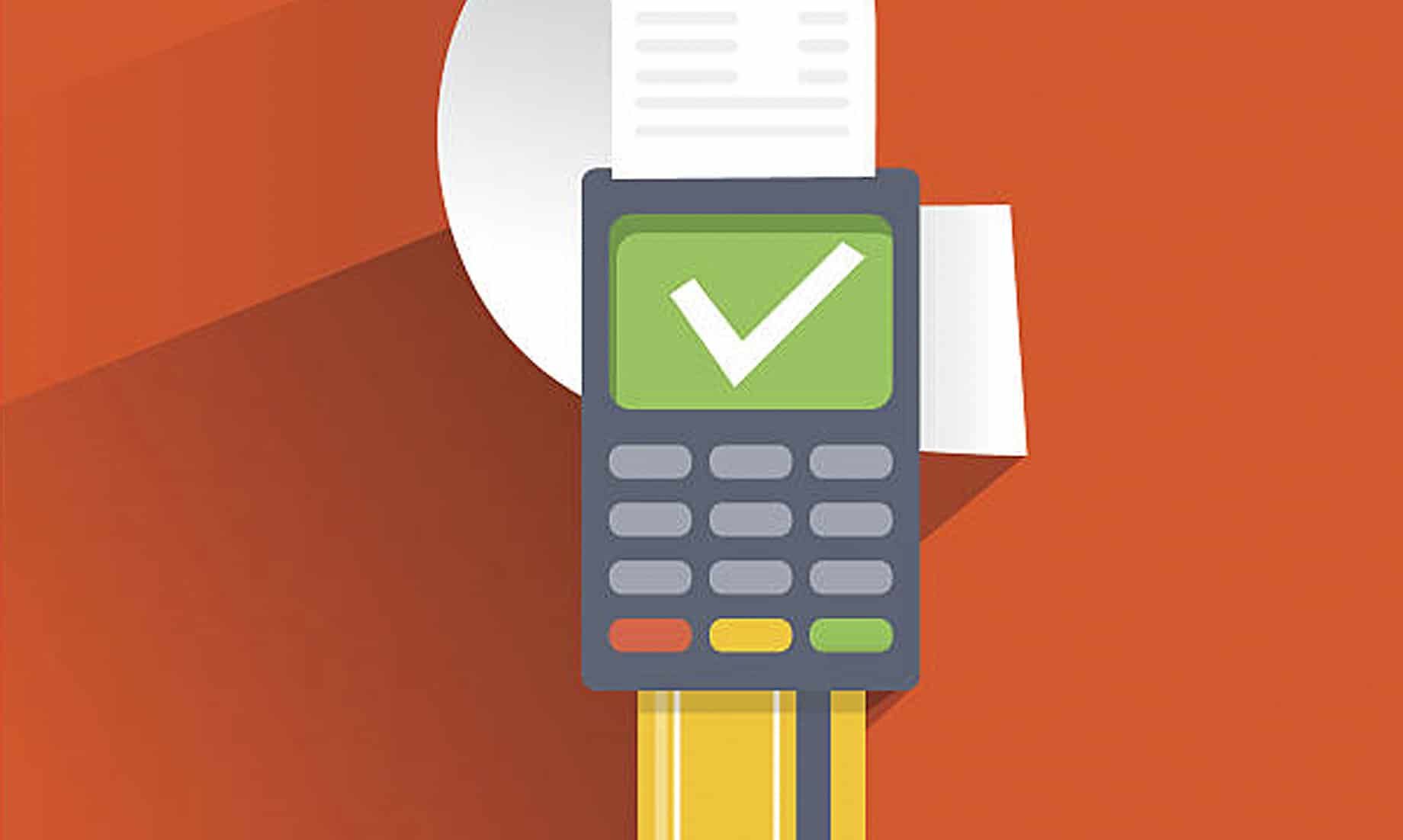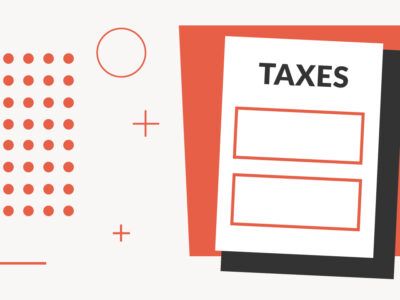Breakdown: Biden’s Second Try At Student Loan Forgiveness
A full legal breakdown of President Biden’s second try at student loan forgiveness by targeting specific groups of borrowers.
Student Loans, Investing, Building Wealth

Learn how credit repair works, if you can do it yourself, and about paying a company to help you build your credit for a fee.

A full legal breakdown of President Biden’s second try at student loan forgiveness by targeting specific groups of borrowers.

Having student loans when you’re unemployed can be challenging, but there are options (including unemployment deferment) to help make it easier.

During deflation, lack of demand leads to lower prices. Here are three of the best investments to make during deflationary periods.

Escrow and impound accounts are typically managed by a third party to manage funds on your behalf. But what are they and when do you need one? Learn more.

Domain Money is a fee-only financial advising platform that connects users with Certified Financial Planners (CFPs) for financial planning sessions.

Before you open a brokerage account, it’s worth looking at the biggest companies and identifying what makes these companies unique.

Ownwell works with property owners to lower their property taxes. They use a team of experts to help homeowners successfully appeal unfair assessments.

The 401(k) is not a scam, but it is important that you understand how it works so you can take advantage of the benefits and avoid the pitfalls.

Here’s how you can file a tax extension with the IRS using the tax software you normally use to prep your tax return.

Capital One Shopping is a mobile app and browser extension that allows you to earn rewards when you shop. Learn more in our Capital One Shopping Review.

The Biden Administration just announced their latest targeted plans for student debt relief, which focuses on borrowers who may have been left behind by the system.
The College Investor is an independent, advertising-supported financial media publisher, focusing on news, product reviews, and comparisons.